
Often, people only start thinking about acoustics once they experience an actual problem in the office—excessive background noise, too many distractions or lack of privacy. Therefore, acoustic solutions should be part of the design process of a space from the very beginning, requiring close collaboration across all teams involved to achieve the best result, from a design as well as acoustic perspective. When this isn’t the case, the good news is you still have a chance to improve the acoustics profoundly with the right solutions.
This step-by-step guide will help you solve acoustic problems in your existing office space.
Step 1: Detect the source of the acoustic problem or noise
Step 2: Define the type of acoustic problem
Step 3: Choose a solution for the type of room
Generally speaking, there is no one size fits all. That’s also why this guide is primarily meant to steer you in the right direction to choose the best solution(s).
Step 1: Detect the source of the acoustic problem or noise
— Acoustic issues related to building acoustics
As the name implies, building acoustics has to do with the building and the transmission of sounds from outdoor to indoor and between structural elements of a building, e.g. floors and walls.
This is the case when:
- Sound is transferred from outdoor to indoor, e.g. cars, trams, airplanes passing by
- Sound is transferred between floors, e.g. footsteps from the floors above
- Sound is transferred between adjacent rooms, e.g. an adjacent meeting room
Ideally, issues like these should be addressed by the architectural team through insulation of windows, walls, ceilings, and floors. Another option is to remedy the transmission of sounds, so they will not escape the room to begin with.

Improving building acoustics by means of insulation in an existing space might be a costly affair. To avoid big, and sometimes, unexpected investments like these, you can still treat sound and noise issues with a number of solutions that will not ruin your budget. For instance, consider bringing in acoustic panels, free-standing sound-absorbing elements or even add curtains, rugs, plants and other porous, soft objects that will help absorb sound waves. As a general rule of thumb, the more porous materials you have, the fewer sound transfers will transpire.
For additional recommendations and advice on how to remedy sound transfers in existing spaces, get in touch with one of our acoustic consultants.
— Room acoustics: noise and sounds within a room or given space
Opposite to building acoustics, room acoustics pertain to noise and sounds within a room or any given space. Rather than focusing on insulation to remedying transmission of sounds, the key to room acoustics is absorption to prevent sound waves from bouncing back-and-forth in a room.
We’ve listed a few examples below that are often reported as the cause of complaints. Perhaps one of these are identical or similar to the issues you’re experiencing?
- Disturbances from chatty colleagues
- Air conditioning and heating
- Disturbed by conversations from the other end of the room, e.g. from communal spaces
- Difficult to concentrate with too many distractions
- Visual distractions, for instance, if you’re sitting next to the entrance or reception
- Need for privacy when people are overhearing your conversation
If you recognize one of these issues, your problem is most likely linked to poor room acoustics. But don’t worry, we have a range of solutions to remedy problems like these. Each type of issue may require a different solution, which is why the next step involves defining the specific type of acoustic problem you need to solve.

Step 2: Define the type of acoustic problem you need to solve
The problems that often arise in relation to poor room acoustics are many, but to give you a better overview, we’ve grouped them into the following:
— Reverb and echo
Reverb and echo are often confused, and with good reason as the terminology can be too complex. So, let’s try to make it clear.
Reverberation is the persistence of a sound after the original sound has stopped. The brain will recognize the sound as one extended event. So, when we talk about sound transfers in a room and noise traveling from one to another end of a space, the reverberation time is too high—or, in other words, it takes too long for the original sound to drop dead. Reverb sounds may originate from people talking, air conditioning or other mechanical devices such as copiers or printers.
Echo, on the other hand, transpires when a beat of sound can be heard twice or even more times. In this case, the brain will perceive the sound as separate events.
In 99% of the cases, it’s reverberation, and not echo, that causes noise problems in workspaces.
Possible solutions
Solving problems related to reverb and echo, we advise that you bring in
- acoustic panels (e.g. BuzziBlox) and
- other flexible acoustic elements, made from soft, absorbent materials to reduce sound and noise transfers. (e.g. BuzziCube, BuzziTotem)
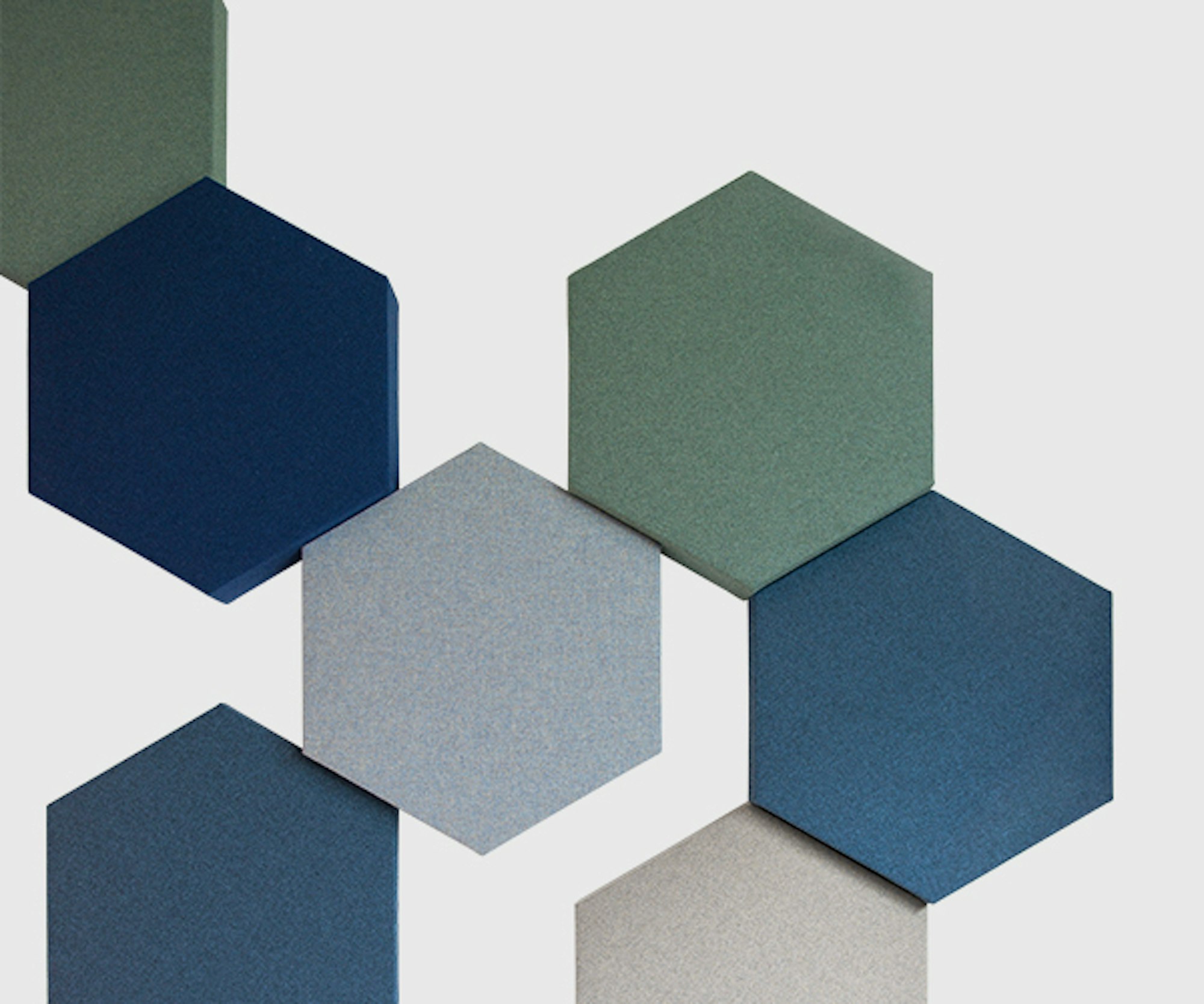
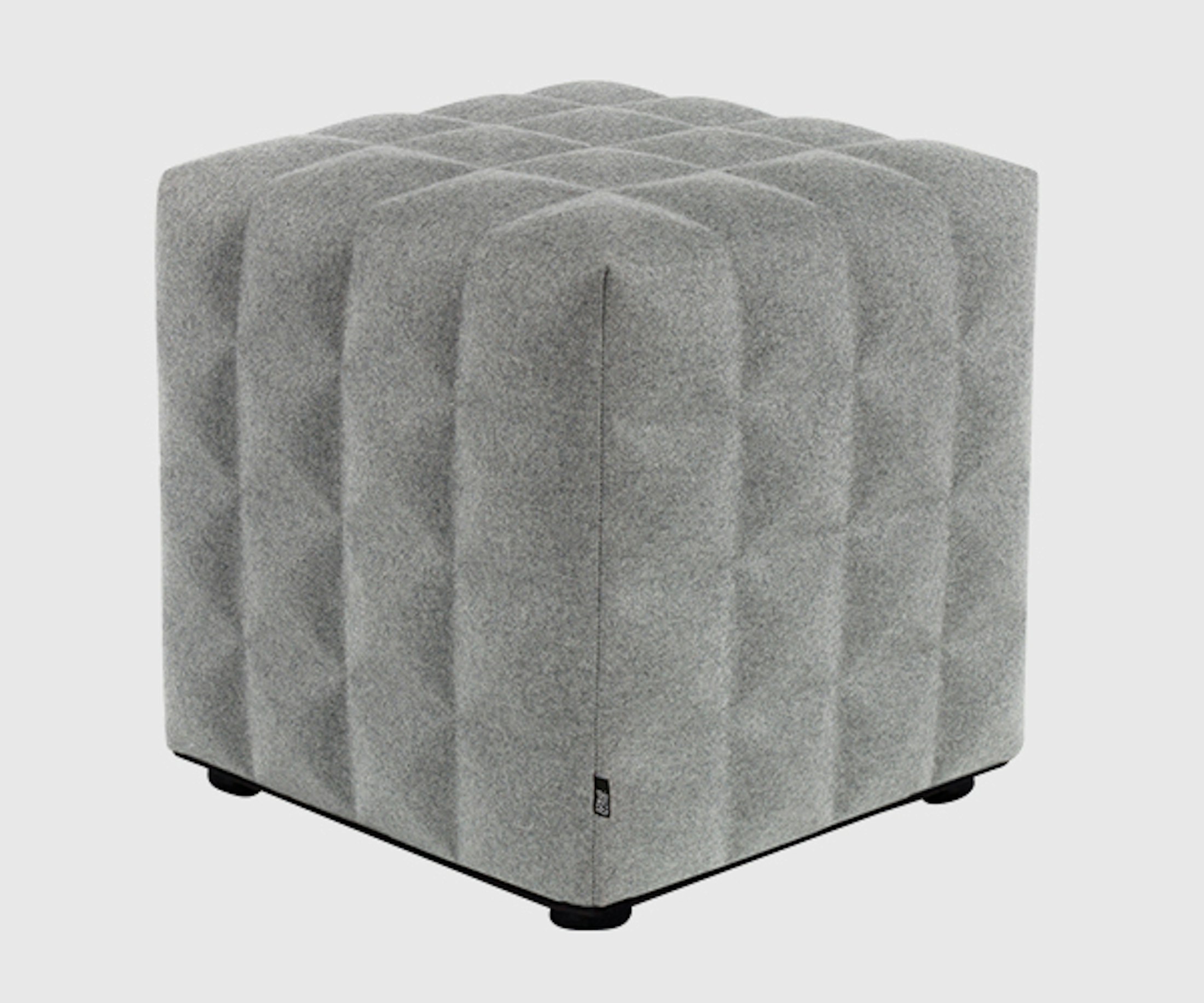
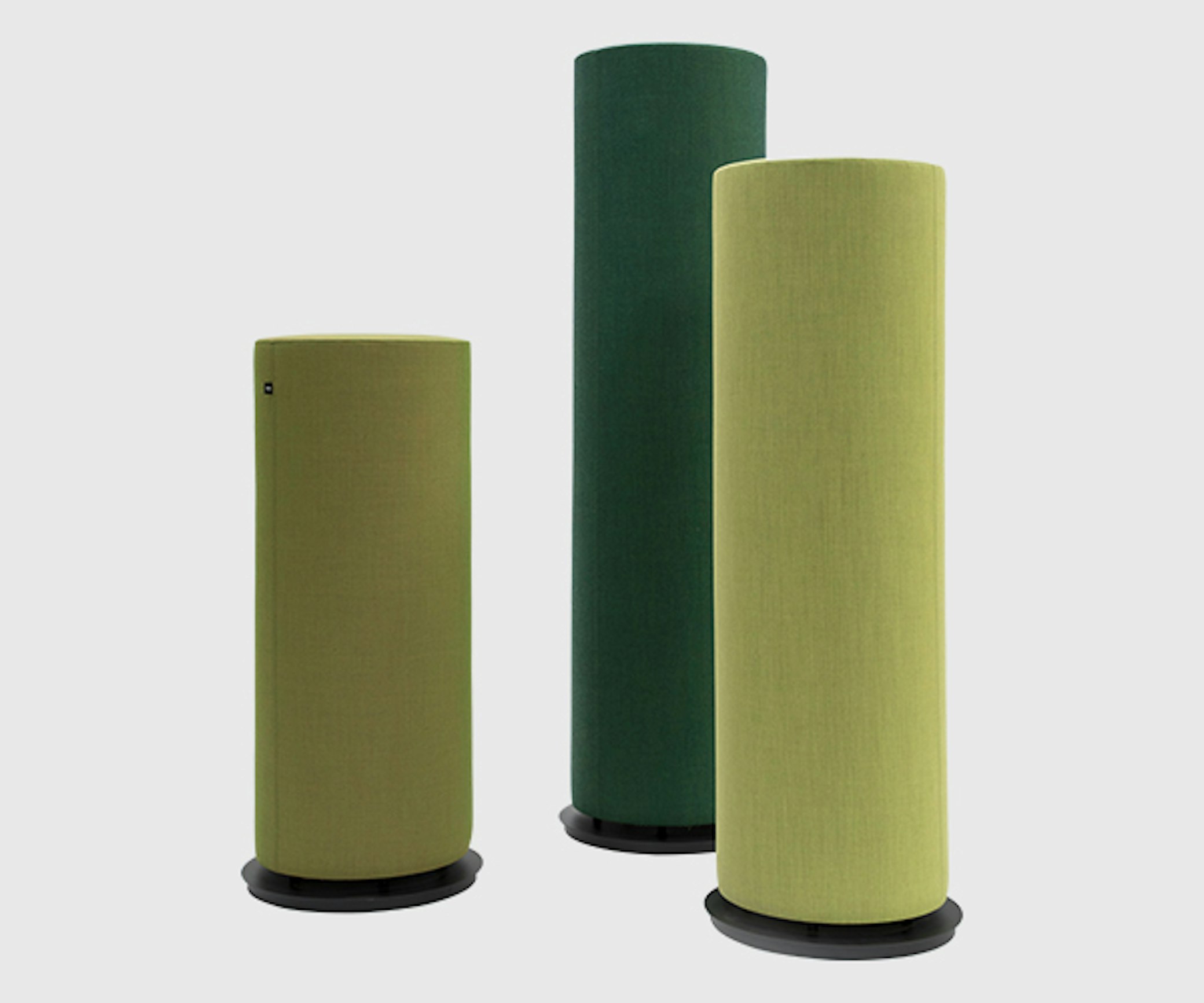
— Background noise
Background noise—or noise pollution—as it’s also labeled, is one of the most common causes for
- lack of concentration,
- disrupting productivity, and
- impacting well-being and happiness in the workplace negatively.
Examples of background noises include
- chatty colleagues,
- ringing phones, and
- mechanical devices, e.g. refrigerators, coffee machines, and printers.
Possible solutions
To remedy issues associated with background noise, you have a range of options—from room dividers to acoustic panels and sound absorbing lighting. In order to remove background noise completely, ideally, you have to build floor-to-ceiling partitions or remove yourself from the noise source. But let’s be honest. This isn’t always feasible in reality. Therefore, have a look at some of these noise-reducing solutions e.g. BuzziFrio, BuzziPleat, BuzziZepp Light
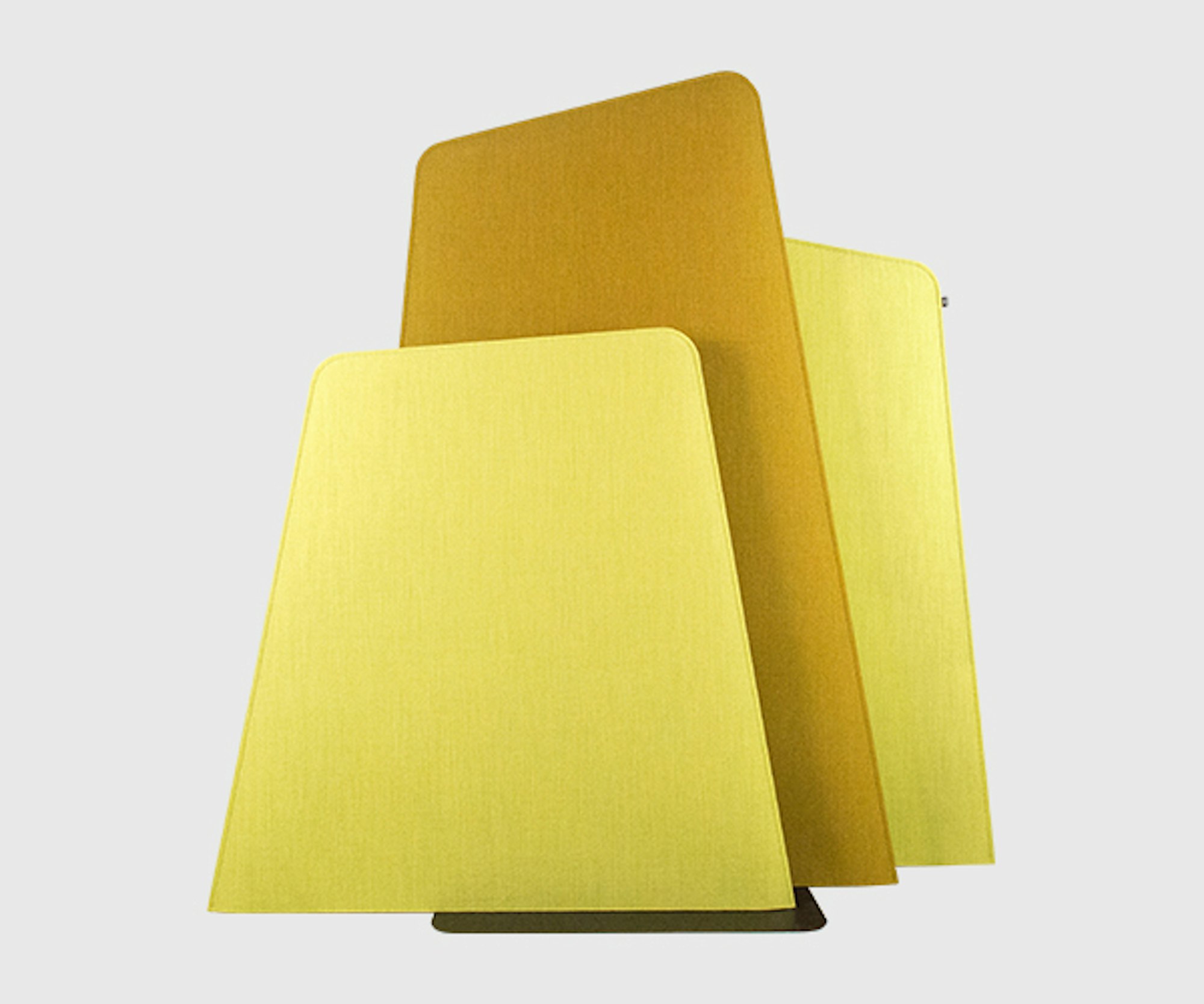
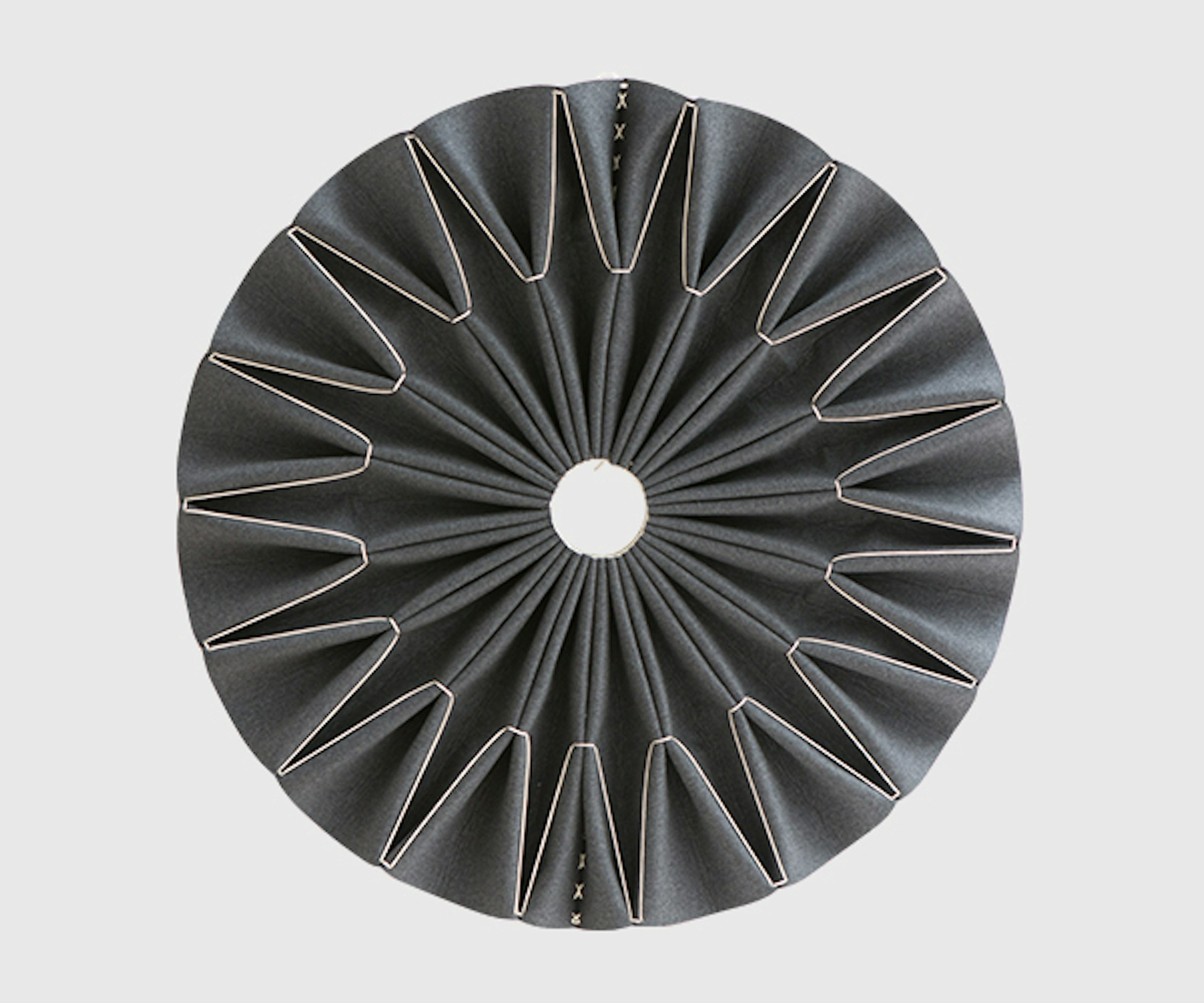
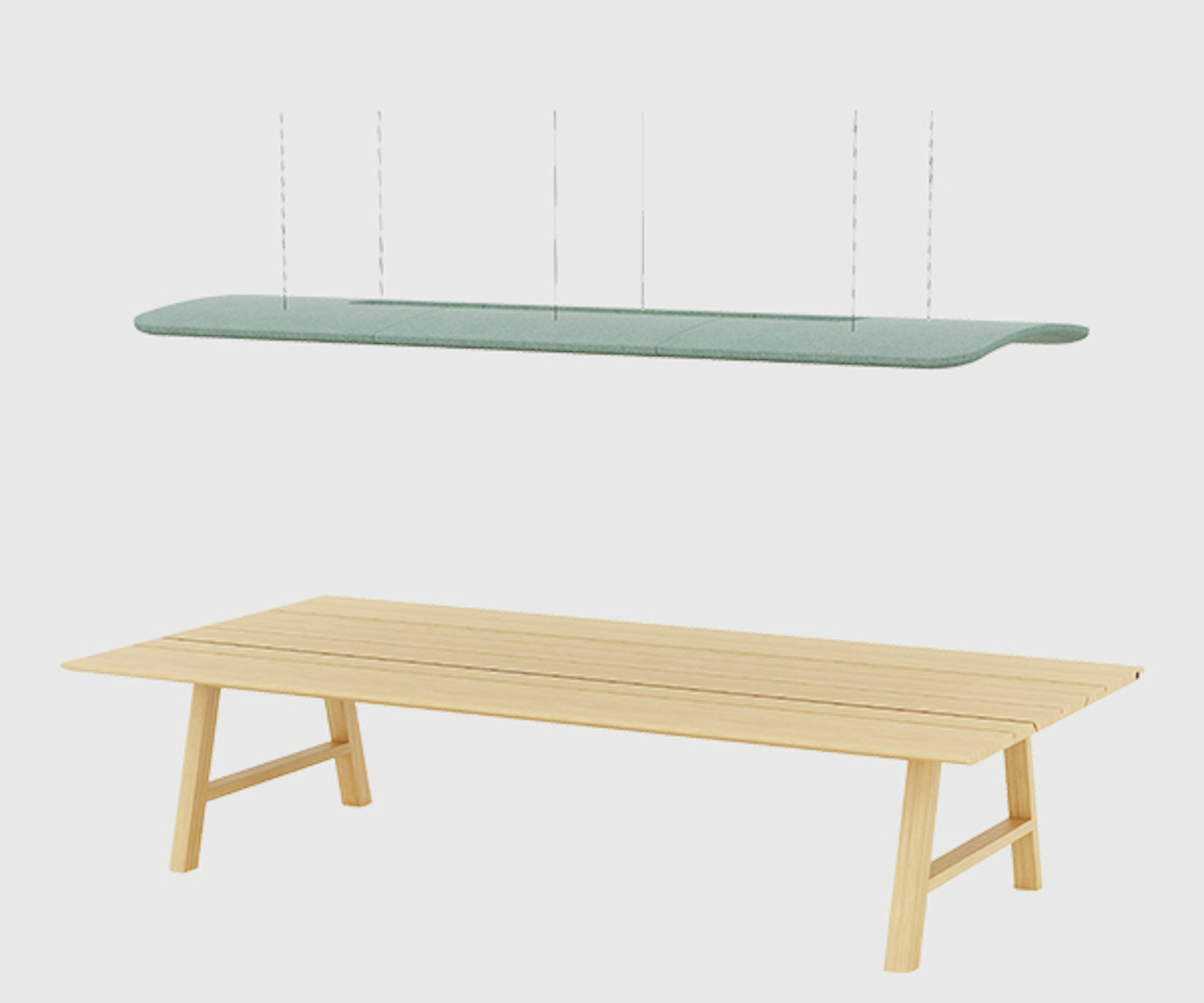
— Lack of privacy
When we talk about lack of privacy, we refer to it in its broadest sense, including both
- Acoustic privacy (e.g. speech privacy)
- Visual privacy (e.g. no visual distractions)
To think that problems related to lack of privacy are linked entirely to open plan offices is counterproductive. The reality is that even employees working in cubicles report dissatisfaction with speech privacy while visual privacy isn’t a problem.
Therefore, searching for a solution to remedy privacy complaints, remember to consider all aspects of privacy as one solution will not automatically resolve both problems.
Possible solutions
Whether you’re looking for visual or acoustic privacy, we’ve gathered some different solutions for you below. For a private call or meeting, opt for solutions that provide you with shelter, such as phone booths or privacy booths like BuzziBooth. You may also consider free-standing elements, e.g. room dividers, or desk partitions to divide areas and mitigate sound transfer between specific zones e.g. BuzziFalls or BuzziDesk
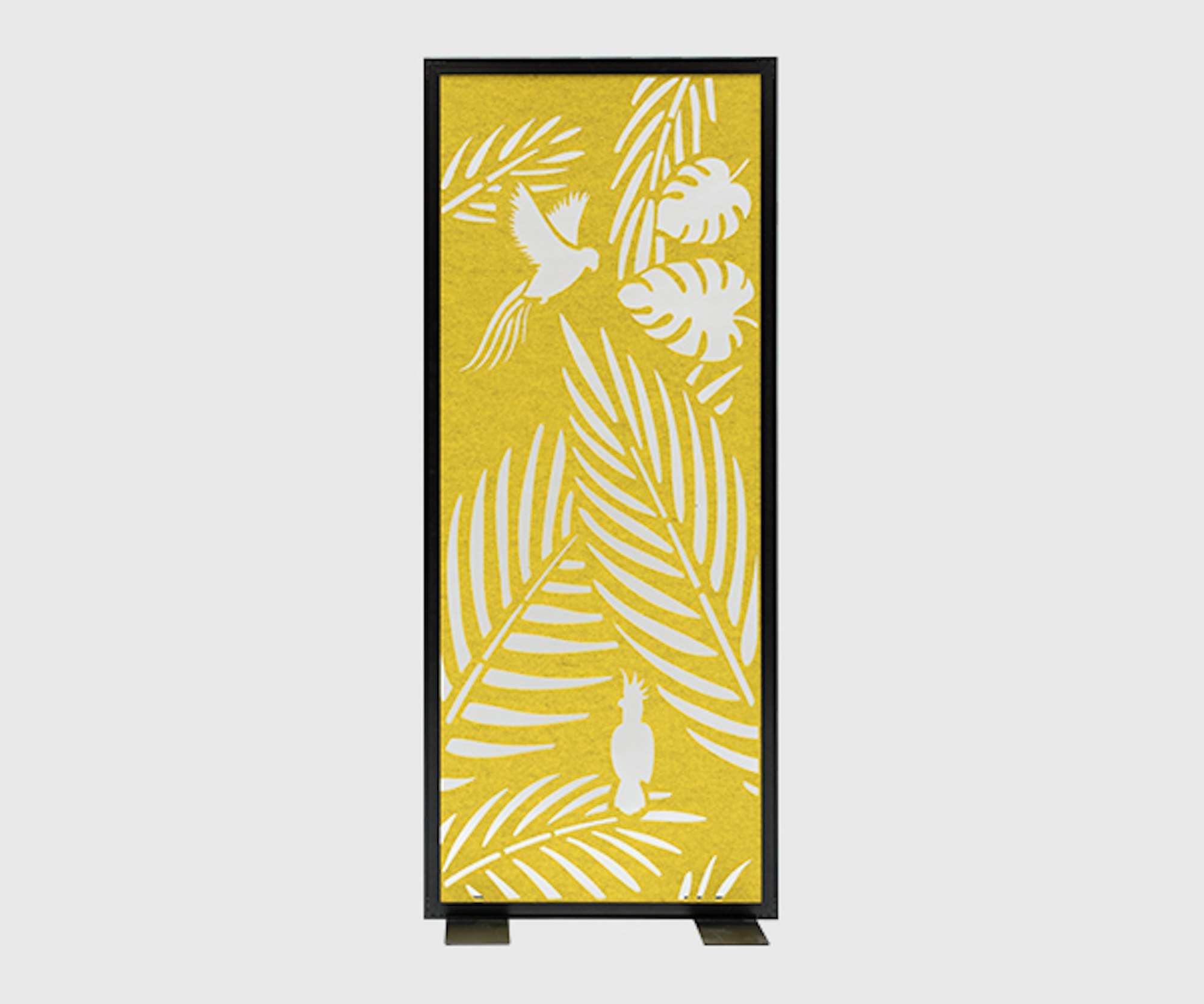
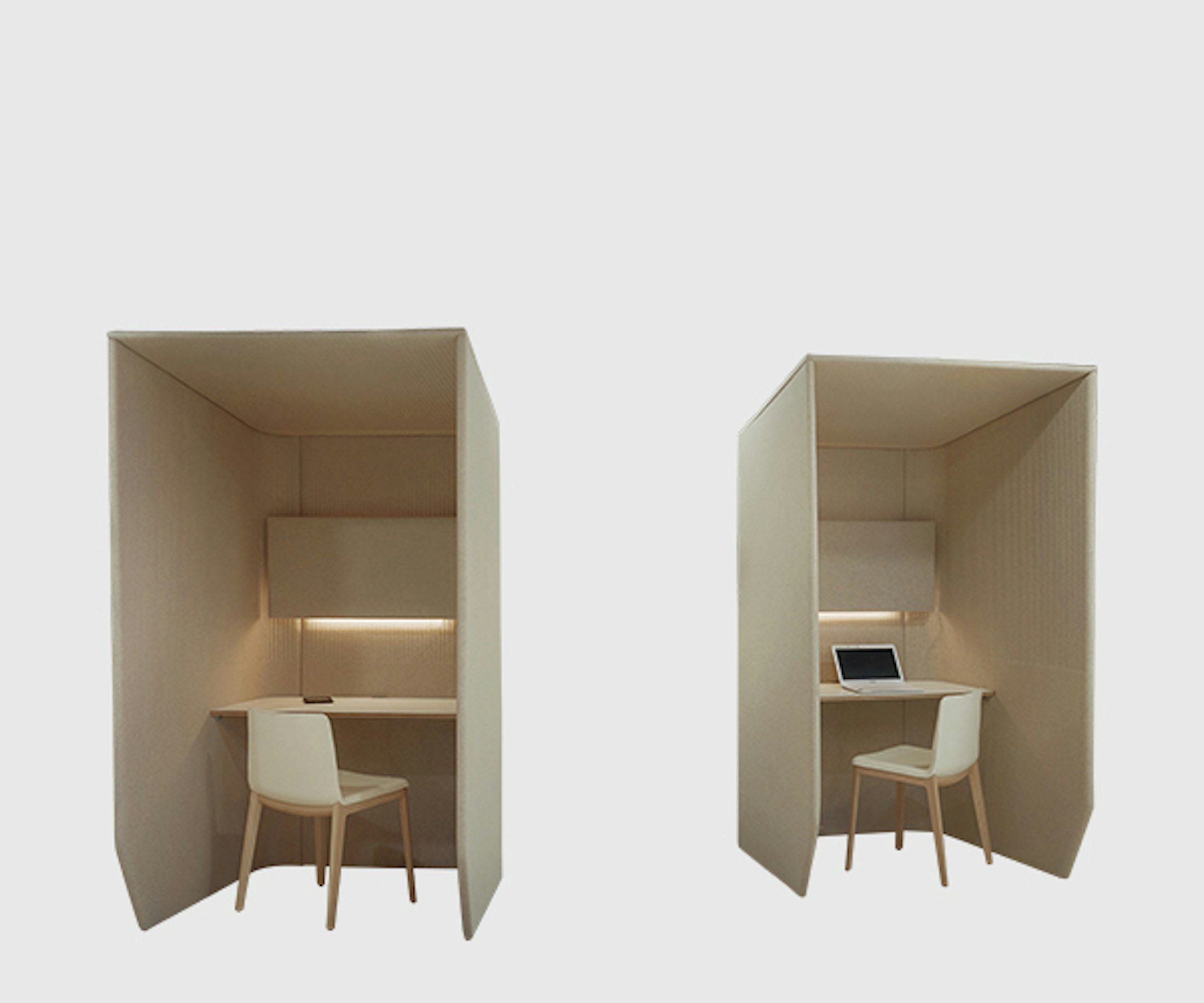
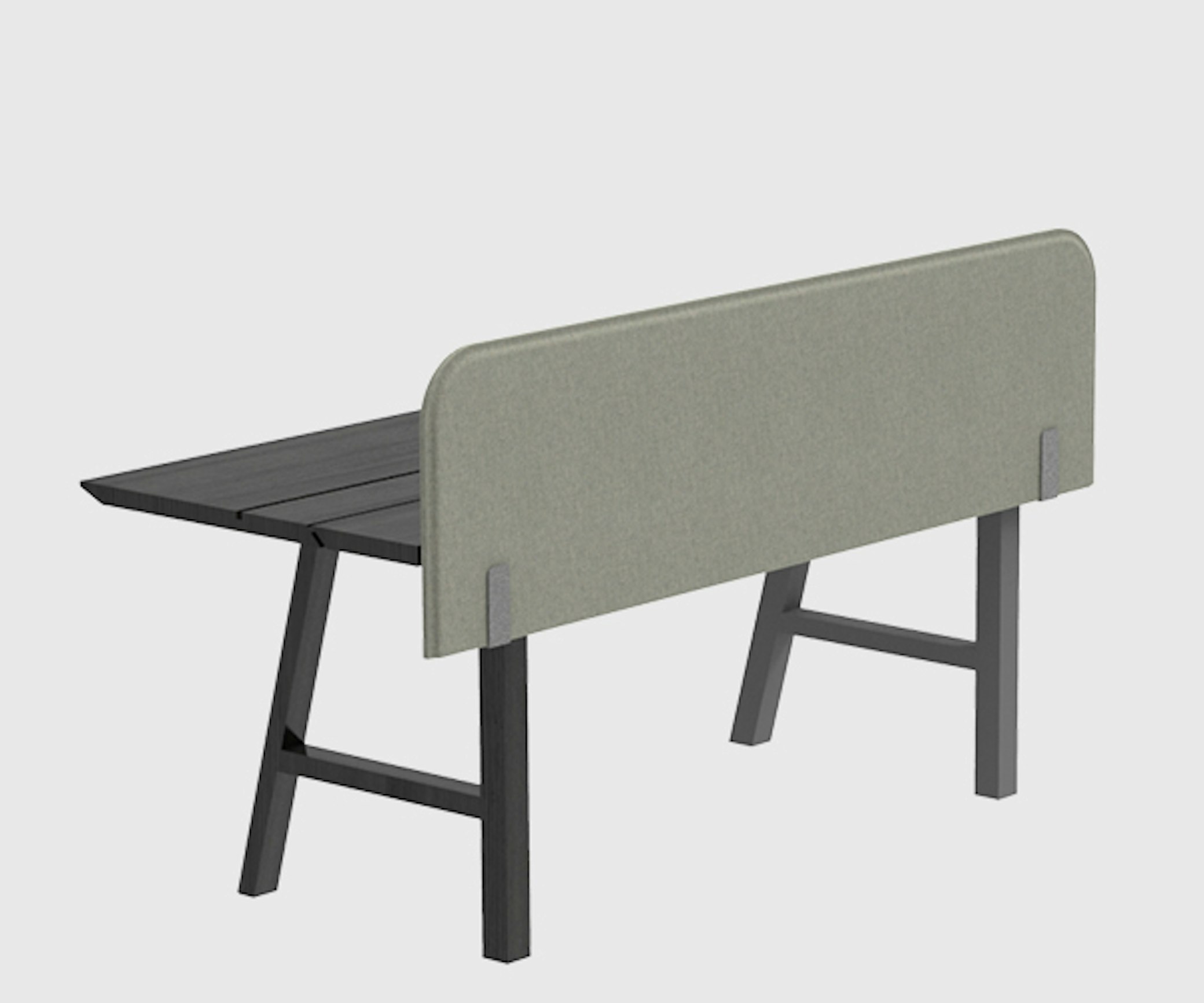
Step 3: Choose a solution for the type of room
— Different activities require different solutions
You have narrowed down the problem you want to solve, but finding the most suitable solution to it also depends on the activity of the space whether it’s a cafeteria, meeting room, lobby, library, open office, auditorium, private office or a restaurant. The list can be continued.
If we talk about reverberation time, there’s no universal standard that applies to all spaces. Instead, the recommended reverb time depends on the size of the room, the type of activity you wish to perform along with the number of people typically in the room.
For instance,
in an open office space consider adding desk partitions to existing desks and furnish with privacy booths to create both acoustic and visual privacy.
In libraries, delineate different zones with room dividers or create small imaginary islands with acoustic lighting.
All depending on the activity and your need to focus, meet or socialize, we offer a variety of solutions for you. Do you need help picking the right solution?
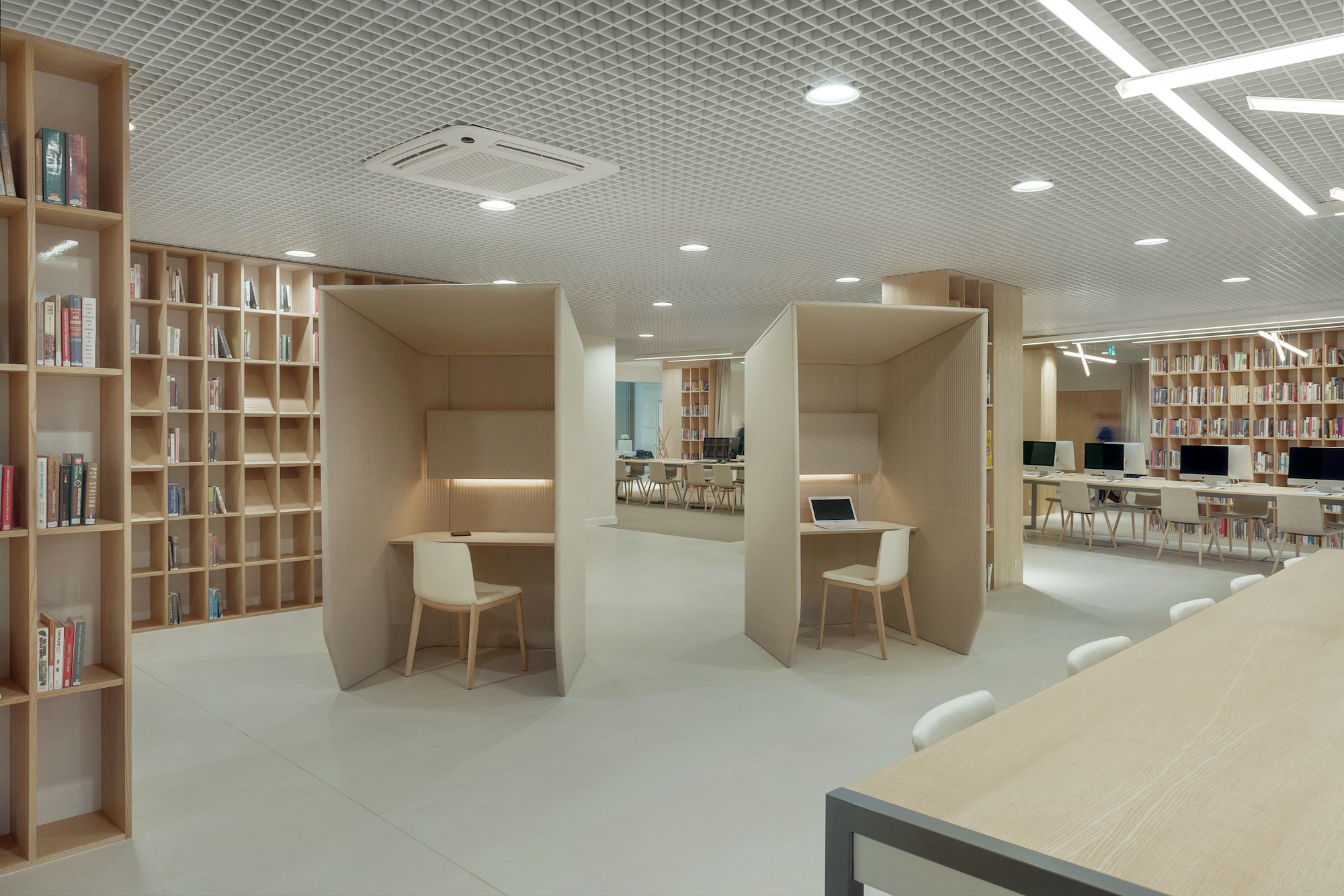
— Soft or hard surfaces
Depending on the way your space is built, e.g. soft or hard surfaces, you will need different solutions.
If your room already consists of a number of soft, porous materials such as carpets, rugs, plants—even people—these elements help absorb sound waves too. In other words, you’re already halfway and will need less sound-absorbing solutions.
If, on the other hand, no such soft materials exist and your space is dominated by hard surfaces, e.g. concrete, glass, and metal, you need to bring in more soft, absorbing materials to compensate for the hard surfaces. For instance, add flexible upholstered poufs or consider acoustic lighting and ceiling applications in case your walls are already occupied by shelving systems and art.
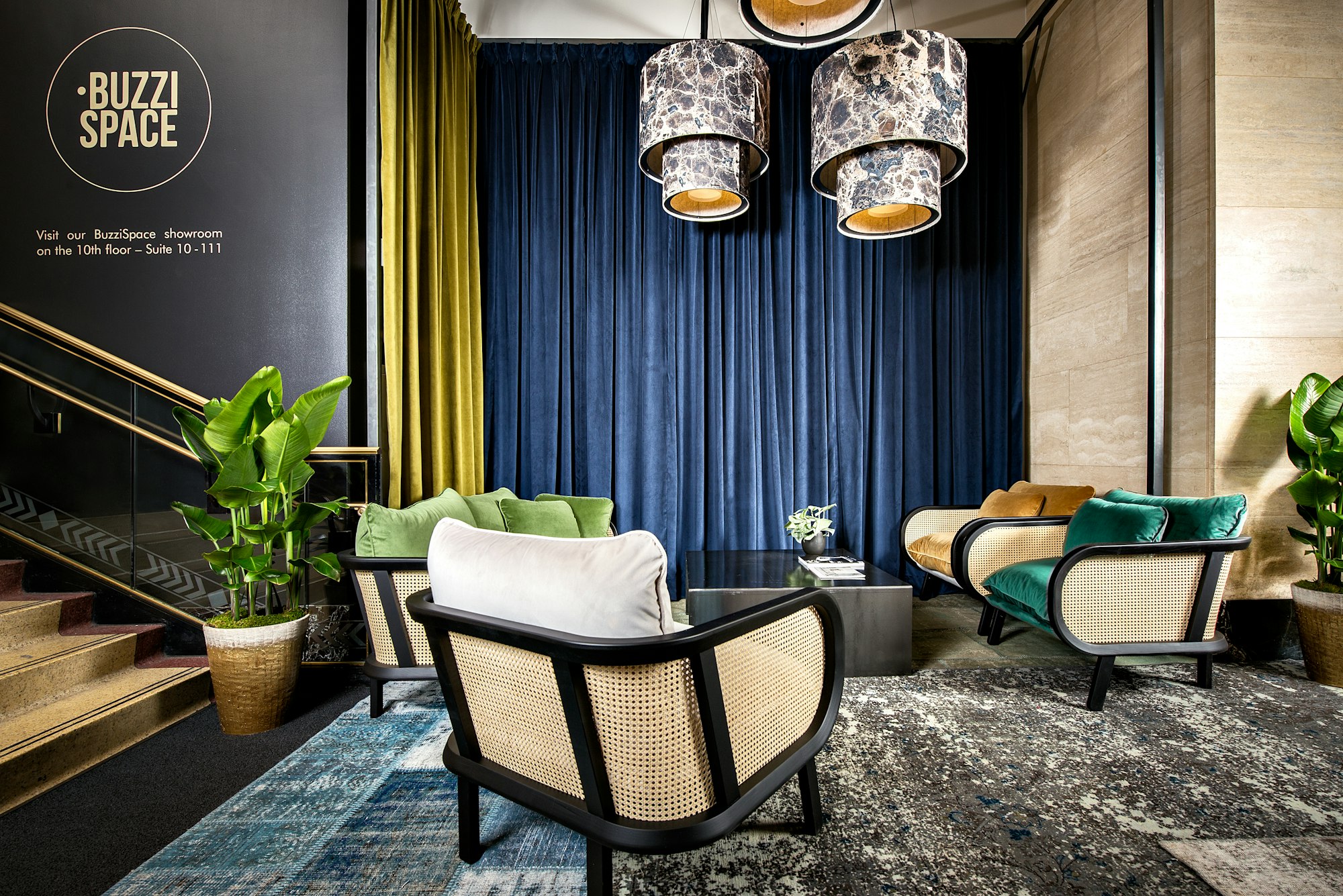
— Distance to hard surfaces
Apart from determining the number of soft materials, another crucial aspect is to identify the shortest distance to the hard surface in your space. Why? Sound waves automatically bounce against the closest hard surface and knowing where this is will help you better determine where to apply acoustic solutions rather than placing them randomly.
Think of a regular meeting room with a medium-sized conference table in the middle. As people start talking, the sound waves from their conversations will typically first hit the walls or the ceiling depending on the height. In this case, to prevent the sound from bouncing back-and-forth between the walls, we’re looking to apply absorbing materials to the walls.
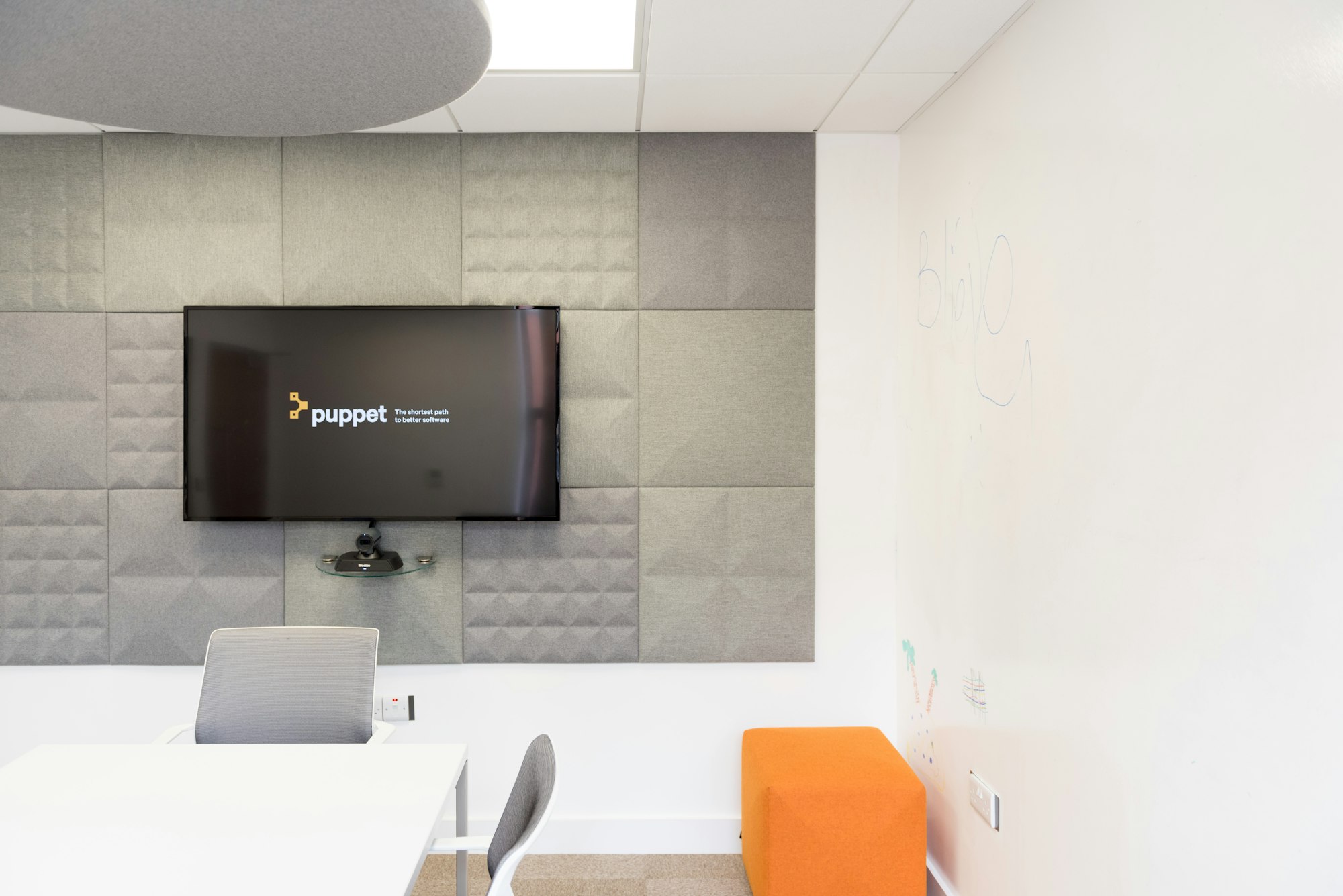
— Stuffed or spacious?
In a space already occupied by other furniture pieces, it can be difficult to find room for any acoustic solutions. However, often in between floor and ceiling there is not always a lot happening, and in spaces like these, it might be a great improvement to add, for instance,
- ceiling applications and
- acoustic lighting.
When you have a more spacious environment, perhaps not yet furnished, you have the chance to pick solutions based on the type of activity of the space. For instance,
- rethink the standard meeting setup and use soft lounge seating elements or
- put two privacy booths together to keep conversations private.
In general for bigger and more spacious environments, remember that the sound will naturally better spread out as the distance to the hard surfaces is bigger than in a small room.
Keep in mind, all of the solutions listed above are only suggestions, guiding you in the right direction. For specific measurements and the number of products needed, we advise you to get in touch with our acoustic help desk. In the meantime, revisit this guide to be prepared for the kind of questions you need to answer for an acoustic assessment.
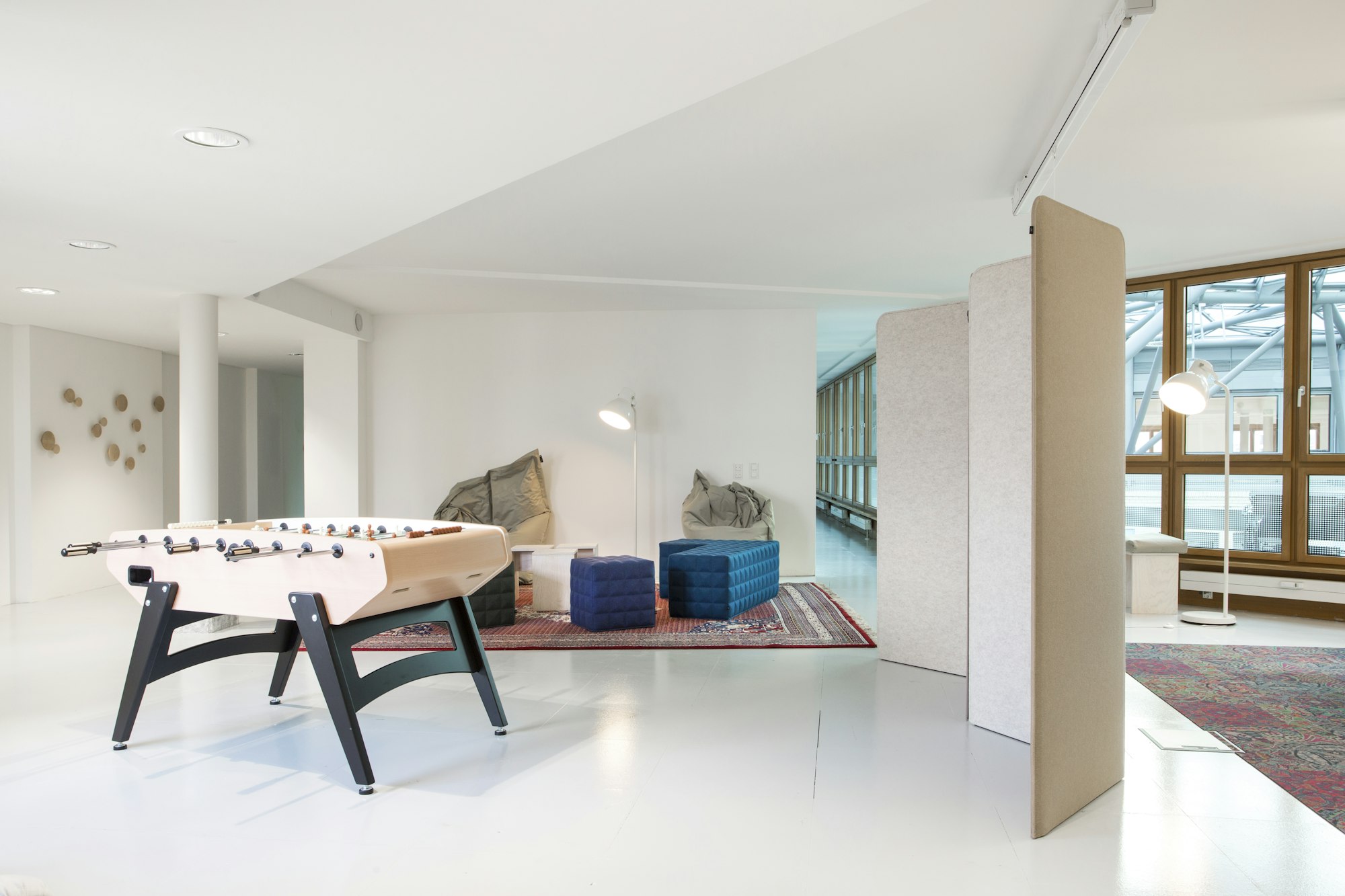
Need acoustic advice?
Related articles
Idea Starters
Color Revelations: New Year Brings a Fresh Canvas With Pantone's Color of the Year 2026
"Cloud Dancer" sets the tone for calm, human-centric spaces.
Events
New Webinar Series: Hear.Solve.Do. Master Sound for the New Workplace Reality
A three-part webinar series with Global Acoustic Consultant Richard Ellerbeck.
Idea Starters
3 Acoustic Solutions for an Added Layer of Privacy
Designing open spaces that feel both connected and functional is a delicate balancing act. That’s where acoustic solutions step in, not just to absorb sound, but to define zones, guide flow, and elevate well-being.
Stories
The Quiet Revolution: Eco-Conscious Acoustic Solutions for Sustainable Spaces
The introduction of our next-generation solutions sets a new standard for eco-friendly living and workspaces.
Idea Starters
New Sustainable Products: BuzziChicle, BuzziChicle Light & BuzziChicle Planter
Meet the sweet new solutions that will add a flavorful accent to any space.
Stories
An Island of Calm: Finding Shelter With BuzziBrella
Creating an acoustic oasis for large spaces is no easy task. Renowned designer Sebastian Herkner delves into the inspiration and design process behind the innovative BuzziBrella, blending aesthetics with acoustic functionality to create a unique space solution.
Idea Starters
8 Solutions for Privacy While Creating a Sense of Togetherness
Easily create an island of calm in an open-plan office with our sound-absorbing privacy booths, perfect for private calls, virtual meetings, temporary focus work, and more.
Stories
BuzziHug Work Wins 2024 HiP Award
Our coziest workstation has been selected as the 2024 HiP Awards Winner in the Workplace: Furniture category!
Stories
Creating Cozy Environments, Stitch by Stitch: Maison Tricot x BuzziSpace
Read the full background story on our exclusive collaboration with knitwear and design experts, Maison Tricot.
Idea Starters
Your MeSpace in Less Than 15 mins
Our new pre-assembled BuzziNest Booth option makes it easier and quicker for you to enjoy some privacy.
Idea Starters
New Innovative Green Solutions: BuzziPlanter 90 & BuzziPlanter 90 Half
Where nature meets acoustics.
Idea Starters
Color Revelations: Embracing Pantone’s Color of the Year 2024
Easily incorporate “Peach Fuzz” inspired acoustic solutions into your interiors.
Stories
Acoustic Travels: Our Global Acoustic Consultant Takes on the West Coast
Follow Richard, our Global Acoustic Consultant, on his whirlwind tour of the West Coast with Matter Contract.
Projects
Contentful Adds a Powerful Punch of Color to Its Berlin Office
See how our solutions also create an acoustic getaway for their employees.
Projects
Our Refreshed London Showroom
We welcome you to our new space, where our team, sales network, and local A&D community can all come together to collaborate and experience BuzziSpace first-hand, all year round.
Projects
Kienbaum: a functional and architectural workspace
A look inside an office full of different, creative and inspiring solutions that meet the needs for different ways of working.
Projects
Case Study: Reducing Noise in an Open Office - Puppet Labs
Discover how sound absorbing solutions can transform a workspace from poor acoustics and high noise levels to a comfortable and productive environment.
Projects
Pit Viper Elevates Its HQ With Bold Acoustic Solutions
Who said the office can’t be fun? See how our colorful acoustic solutions helped create productive work hubs for the fashion and accessories brand.
Stories
Introducing a new range of desk and room dividers: BuzziTripl
Our ways of working and interacting have fundamentally changed: companies are taking measures to create physical distance in the office and working from home is the new normal. At BuzziSpace we embrace these changes by launching BuzziTripl family, a collection of desk and screen solutions for both office and home, that will keep everyone happy, healthy and safe.